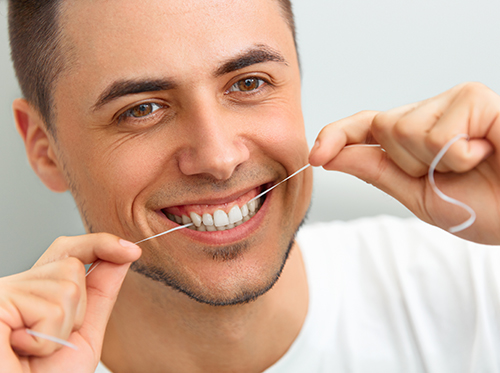Dental Tips for Your Summer Vacation
June 2nd, 2021

Summer’s here, and it’s time to enjoy a well-deserved break! But even though school’s out, please take a few minutes to learn some tips from Dr. Robert Farber, Dr. Corey Farber, Dr. Harry Morris, Dr. Henry Bryan, and Dr. Mark Isler to keep your teeth and mouth healthy for a summer of great smiles.
Hydration
When you are active in warm weather, you need to keep hydrated. So choose your drinks wisely. Sodas and sports drinks can contain a lot of sugar, which encourages cavity-causing bacteria to grow. Water is always a healthy, sugar-free choice. If your tap water contains fluoride, you can even fight cavities while staying hydrated. One other benefit of hydration? It helps with saliva production, and saliva is a natural way to wash away food particles and bacteria while providing substances that help keep teeth strong.
Mouthguards
Biking, skateboarding, baseball, soccer—all great outdoor sports, but one fall or accidental contact can cause serious damage to teeth. If you have a mouthguard for school sports, don’t forget to wear it for summer activities as well. And, if you don’t have a mouthguard, now is a good time to think about getting one. You can use a ready-made guard, or we can custom-fit one especially for you. Talk to us about your favorite sports, and we’ll suggest ways to protect your teeth while you enjoy all the physical activities warm weather brings.
Vacation Plans
If you and your family are going to be traveling this summer, let us know! If you need any procedures at our Dearborn office, we can plan them around your time away. It’s best to get any necessary work done before you travel, and we will be happy to work with your family’s schedule. When you are away, be sure to carry our number with you in case a dental problem comes up, and it’s always a good idea to travel with a dental emergency kit.
Sticking To Your Dental Routine
Unfortunately, the bacteria that lead to increased plaque and cavities never take a vacation. Keep up with your regular schedule of two minutes of careful brushing at least twice a day, and make sure to floss. Come see us if it’s time for an exam or a cleaning, or if you have any dental problems or concerns.
However you spend your summer, we hope it is filled with happy—and healthy—smiles!




 Website Powered by Sesame 24-7™
Website Powered by Sesame 24-7™